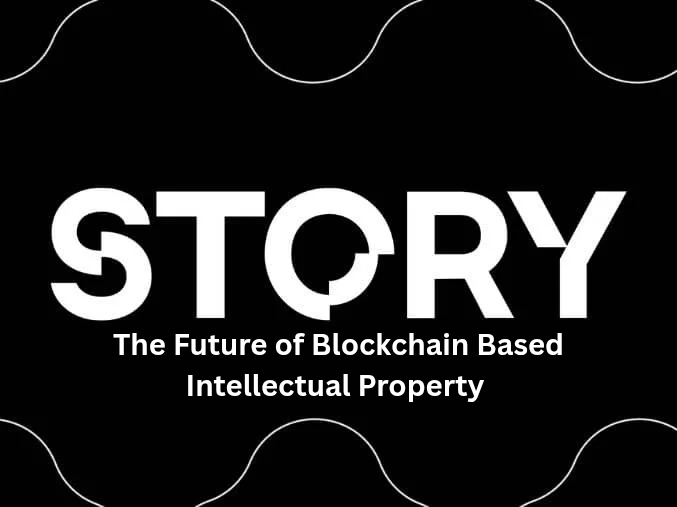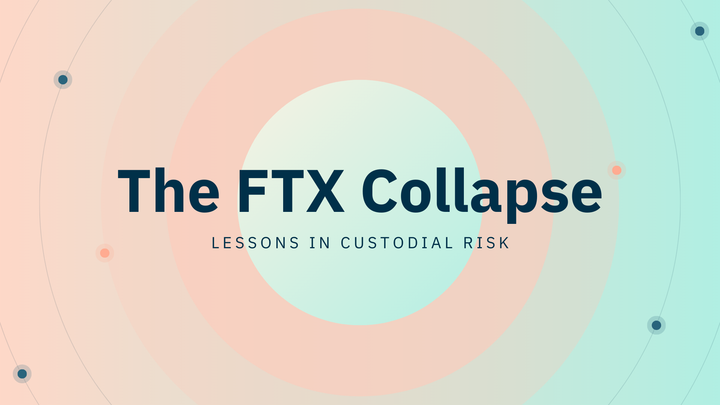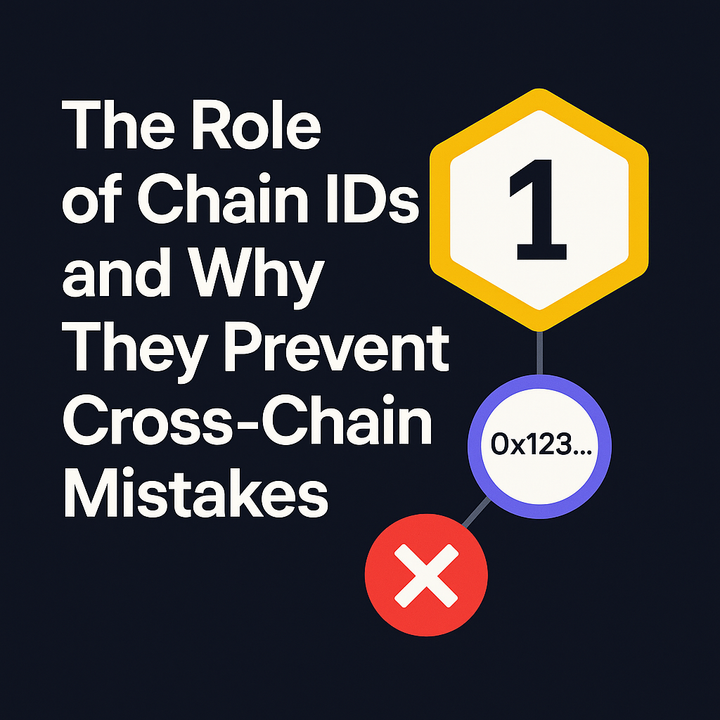Story Protocol and the Future of Blockchain-Based Intellectual Property

Imagine you’re an artist. You spend months crafting a beautiful piece of digital art, only to find it used by companies and AI models without your permission or compensation. Or picture yourself as a writer who shares a story online, only for someone else to remix, publish, and profit from your work, all without giving you a dime.
This isn’t science fiction. This is the current reality of the internet.
Intellectual Property (IP) has been hijacked by middlemen, corporations, and AI models that scrape, steal, and remix creativity without any transparency or fair compensation. Whether it’s musicians fighting for royalties, authors battling copyright infringement, or AI companies training models on stolen art, creators are losing control of their work.
But what if there was a way to register, protect, and monetize your creative work seamlessly, without relying on outdated legal systems or corporate gatekeepers?
Enter Story Protocol, a blockchain-powered revolution that’s transforming intellectual property into a programmable, traceable, and monetizable asset. Below, we explore three fundamental pillars of Story Protocol’s technical foundation and how it disrupts the status quo in intellectual property management.

The Rise of Story Protocol
In the rapidly evolving digital landscape, the ownership, licensing, and monetization of intellectual property (IP) have become more complex than ever. The traditional frameworks governing creative rights are filled with inefficiencies, delays, a lack of transparency, and limited accessibility.
Story Protocol emerges as a revolutionary blockchain-based infrastructure designed to transform how IP is managed, shared, and monetized. By leveraging decentralized technologies, smart contracts, and AI-driven innovation, Story Protocol redefines the digital ownership paradigm, empowering creators while fostering an open, collaborative ecosystem.
At its core, Story Protocol introduces an advanced technical architecture that ensures secure content attribution, seamless licensing, and monetization through a decentralized framework. This architecture does not simply digitize existing models but reimagines how content can be created, owned, and evolved within an open metaverse of ideas.
Also Read: Beyond Incentives: The Mitosis Architecture and Its Revolution in Liquidity
On-Chain Content Registry and Smart Contract Licensing: A New Standard for Ownership
The backbone of Story Protocol lies in its on-chain content registry, a decentralized ledger where creative works are recorded immutably. Unlike conventional copyright systems that rely on centralized authorities for verification, Story Protocol ensures provable authorship and traceability through blockchain timestamps and cryptographic hashing. Each registered piece of content, whether a written narrative, digital artwork, music composition, or game asset, is embedded with an on-chain identity, ensuring permanent and verifiable attribution to its original creator.
However, ownership alone is not enough in the evolving digital economy. The true power of Story Protocol is unleashed through smart contract-based licensing, which automates the process of granting usage rights, enforcing royalties, and enabling frictionless derivative creation. In the current system, licensing agreements are often complex, opaque, and costly due to legal intermediaries. Story Protocol disrupts this paradigm by embedding licensing conditions directly into programmable smart contracts, enabling instant and trustless transactions between content creators and users.
For example, imagine a novelist who publishes a story on Story Protocol. With smart contract licensing, they can define permissions rules, who can create adaptations, under what conditions, and how revenue is split. If a filmmaker wants to adapt this novel into a screenplay, the licensing terms are automatically enforced, ensuring the author receives royalties without negotiations, intermediaries, or delays. This process extends beyond literature to music sampling, game modding, AI-generated art, and interactive storytelling, facilitating a borderless and automated IP economy.
Also Read: Mitosis Expedition Guide for Beginners: How to Earn MITO Points
Moreover, Story Protocol introduces an adaptive revenue-sharing model, allowing creators to retain perpetual earnings as their content evolves. This is a significant leap forward from static copyright systems, where original authors often lose control over their work once it enters derivative markets. By ensuring on-chain attribution and automated royalty streams, Story Protocol pioneers a dynamic and sustainable IP economy, aligning incentives between creators, developers, and communities.
Composable and Interoperable NFT Framework: Unlocking the Next-Gen Digital Asset Economy
One of the most groundbreaking aspects of Story Protocol I find fascinating is its interoperable NFT framework, which transforms intellectual property into programmable and composable assets. Traditional NFTs have primarily been used for static digital collectibles, but Story Protocol elevates this concept by enabling multi-layered, evolving, and interlinked IP structures.
In this model, every creative work is tokenized as an NFT, but with enhanced metadata that supports modular extensions, remixing, and iterative content development. This means that a single NFT can contain multiple layers of authorship and licensing logic, allowing derivative works to retain a direct lineage to their source material. Unlike current NFT standards that operate in isolated silos, Story Protocol’s NFTs are designed to be fully composable and interoperable across different blockchains, metaverse platforms, and digital environments.
For instance, a game developer could mint a story-based NFT that acts as a foundational world-building asset. Other creators can build upon this world by contributing characters, soundtracks, environments, or interactive storylines, each represented as interlinked NFTs. The protocol ensures that original contributors receive automated revenue splits based on their NFT’s role in the expanding ecosystem. This fluid and interconnected digital asset model fosters a collaborative creator economy, where every participant benefits from value accrual through continuous innovation.
Also Read: Beginner’s Guide to Claiming and Managing Morse DN404 NFTs
Furthermore, the cross-chain compatibility of Story Protocol’s NFT architecture eliminates the fragmentation issue plaguing many blockchain projects. Current NFT ecosystems are constrained by platform-specific limitations, making it difficult for assets to move freely across different networks. Story Protocol’s universal NFT framework ensures that intellectual property is not confined to a single blockchain, enabling creators to maximize reach and liquidity across multiple ecosystems.
Decentralized Attribution, Monetization, and the Future of Open IP Markets
Beyond its innovative architecture, what truly sets Story Protocol apart is its vision for decentralized attribution and open IP monetization. In traditional creative industries, monetization is bottlenecked by centralized platforms that extract disproportionate value from creators. The emergence of blockchain-based alternatives has improved transparency, but most models still rely on platform gatekeeping, limiting the true potential of open markets.
Story Protocol introduces a decentralized attribution system that fundamentally shifts how value and recognition are distributed within the creator economy. Through blockchain-enforced provenance tracking, every creative contribution — no matter how small — is recorded on-chain, ensuring that contributors are always credited. This is particularly impactful in collaborative creative projects, where multiple authors, developers, or designers contribute to a single intellectual property.
By embedding automated revenue-sharing mechanisms, Story Protocol ensures that all participants in a creative lineage are rewarded in perpetuity. This contrasts sharply with the winner-takes-all dynamics of traditional media industries, where original creators are often excluded from long-term financial benefits. Instead, Story Protocol creates an unbiased and equitable IP ecosystem where value flows transparently based on contribution and impact.
Also Read: How to Add Liquidity to Mitosis Vaults and Support Ecosystem-Owned Liquidity (EOL)
Moreover, the protocol facilitates permissionless IP marketplaces, where creators can fractionalize ownership and crowdsource content evolution. This means that rather than relying on centralized publishers, a writer could tokenize their novel, allowing a decentralized network of stakeholders to fund and influence its adaptation into film, gaming, or interactive media. This model democratizes content financing while reducing reliance on intermediaries, empowering artists to retain greater control over their work.
In the long term, Story Protocol has the potential to become the backbone of a fully decentralized creative economy, where IP is not just owned but collectively expanded. As the world transitions toward open metaverses, AI-generated media, and decentralized entertainment, Story Protocol provides the technological foundation for the next era of storytelling, where content is free, yet ownership remains sovereign.
Bottom line
Story Protocol is more than just a blockchain innovation; it represents a paradigm shift in the way we think about creativity, ownership, and collaboration. By integrating on-chain content registration, smart contract licensing, composable NFTs, and decentralized monetization models, it creates a fully transparent, automated, and equitable IP framework.
This protocol revolutionizes digital ownership by ensuring that creators retain perpetual rights, that licensing is automated, and derivative markets thrive without intermediaries. With its cross-chain interoperability and AI-assisted storytelling capabilities, Story Protocol has the potential to reshape the entertainment industry, gaming ecosystems, and beyond.
The question is no longer if blockchain will disrupt intellectual property but rather how soon Story Protocol will become the foundation for a decentralized creative economy. Will this be the technology that finally unlocks the full potential of open, permissionless storytelling? If so, we are standing at the threshold of a creative revolution, one where ownership, attribution, and creativity are truly decentralized.



Comments ()